List of Abstracts
Conference Speakers
Matthias Beller, Leibniz Institute for Catalysis (DE)
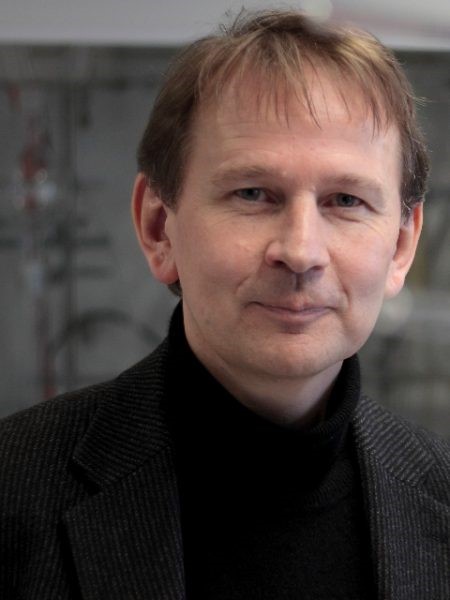
The cost-effective and waste-free synthesis of materials, life science goods and all kinds of organic products require efficient chemical transformations. In this regard, development of more active and selective catalysts constitutes a key factor for achieving improved processes and providing the basis for a sustainable chemical industry. Despite continuous advancements in all areas of catalysis, still organic syntheses as well as the industrial production of many chemicals can be improved significantly in terms of sustainability and efficiency. In the talk, the development of a new class palladium catalysts for carbonylation reactions will be shown. Specifically, alkoxycarbonylations of olefins and alcohols applying cooperative catalysis will be addressed. These catalysts not only allow the development of new types of carbonylation reactions, but they also show improved performance in existing industrial processes and permit new applications.
Kasper Moth-Poulsen, Chalmers University of Technology (SE)
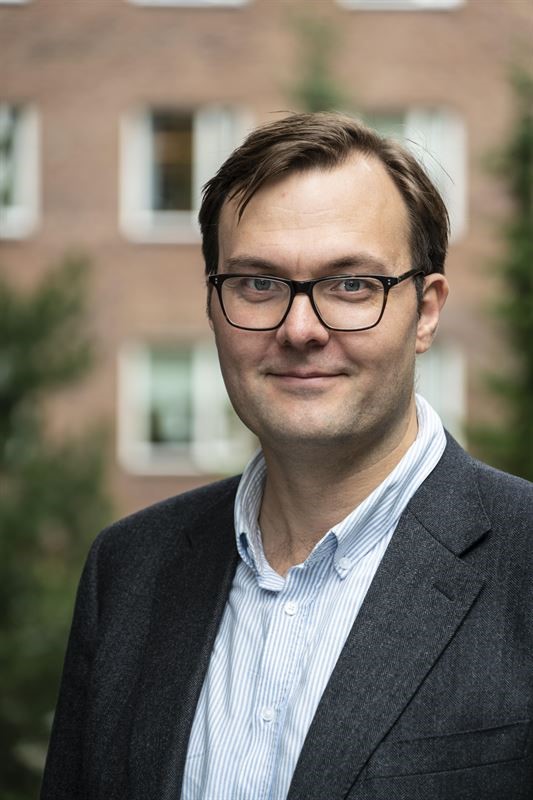
In this talk, I will present and discuss our goal to develop new emission free solar energy storage materials. Molecular photoswitches can be used to store solar energy at up to 1 MJ/kg for several years. In this presentation, our efforts in improving molecular photoswitches towards efficient energy storage will be presented. I will discuss new ways to improve solar spectrum match and energy storage time without making compromises on energy storage densities. Moreover, I will present device concepts for lab scale demonstration of solar energy capture as well as heat release devices based on molecular photoswitches that perhaps one day can be used in real life application in solar thermal energy storage.
Phil Baran, Scripps Research Institute (US)

Norio Shibata, Nagoya Institute of Technology (JP)
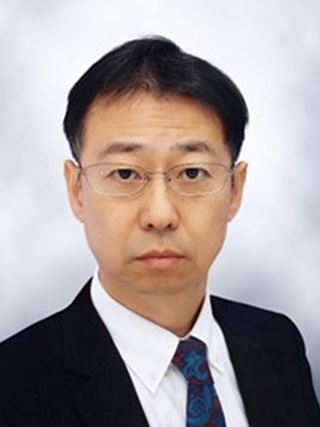
Francesca Paradisi, University of Bern (CH)

Massimo Tasselli, SIR Industriale (IT)
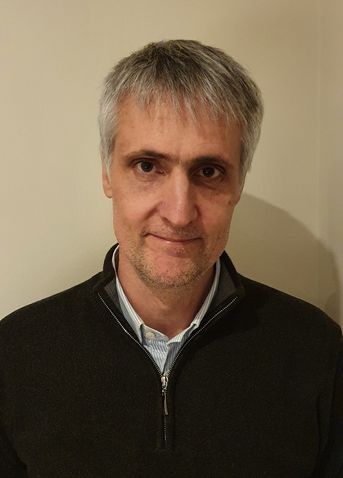
Robert W. Huigens III, University of Florida (US)
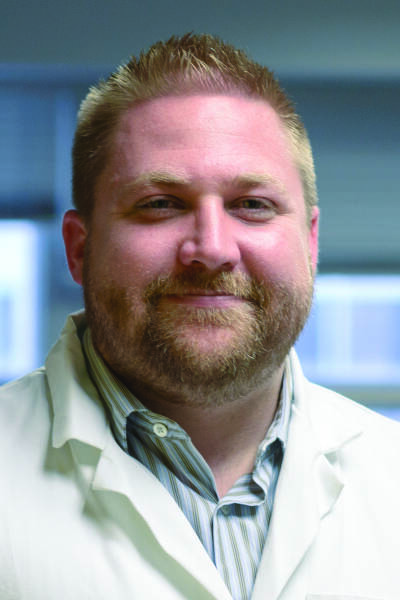
Manuel Alcarazo, Georg August University of Göttingen (DE)
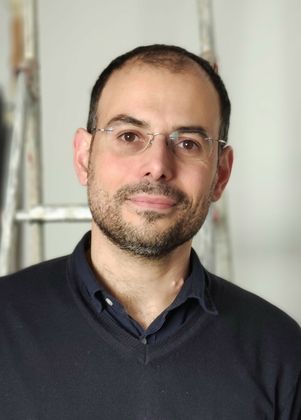
Flash Presentations
First Session (29th November, 16:45-17.30 UTC+1)

Conjugated dienes are ubiquitous building blocks and their stereoselective synthesis is challenging. We recently reported a Ru-catalyzed long-range conjugative isomerization of remote alkenes that affords branched 1,3-dienes (10.1021/acscatal.1c02144). These kinetic products are obtained in high yields, regio- and stereoselectivity. A broad range of functional groups are compatible. Two one-pot multimetallic selective catalytic sequences are reported underscoring the potential of the method.
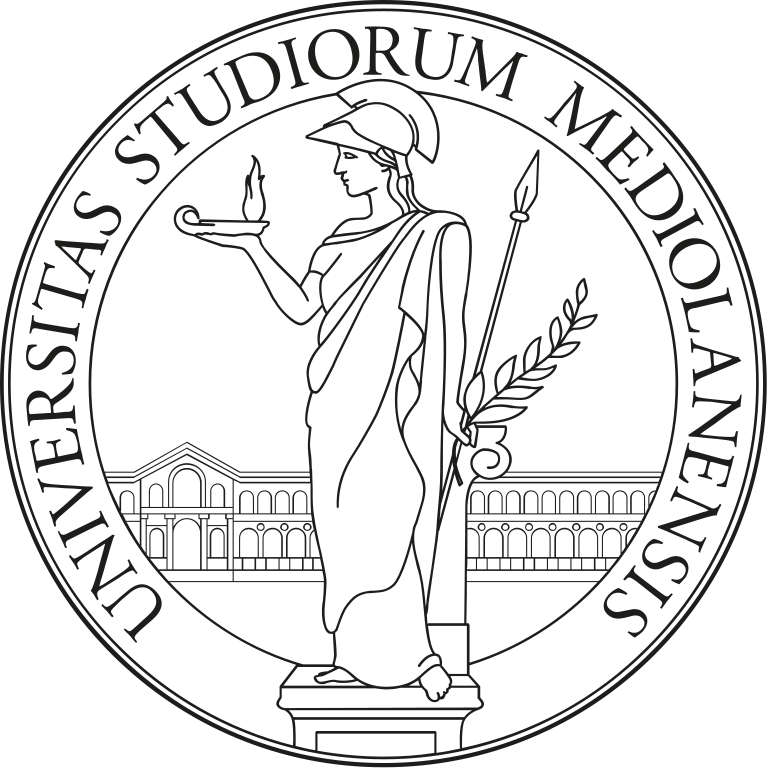
The first organocatalytic reduction involving hydrogen bonding interactions among the substrate, the reagent and the catalyst in deep eutectic solvents was developed. We studied the reduction of β,β-disubstituted nitroalkenes with Hantzsch ester in the presence of thiourea-based chiral catalysts to promote the formation of enantioenriched β-branched nitroalkanes, that was published by List (10.1021/ja074045c), employing DESs as reaction medium instead of traditional organic solvents.
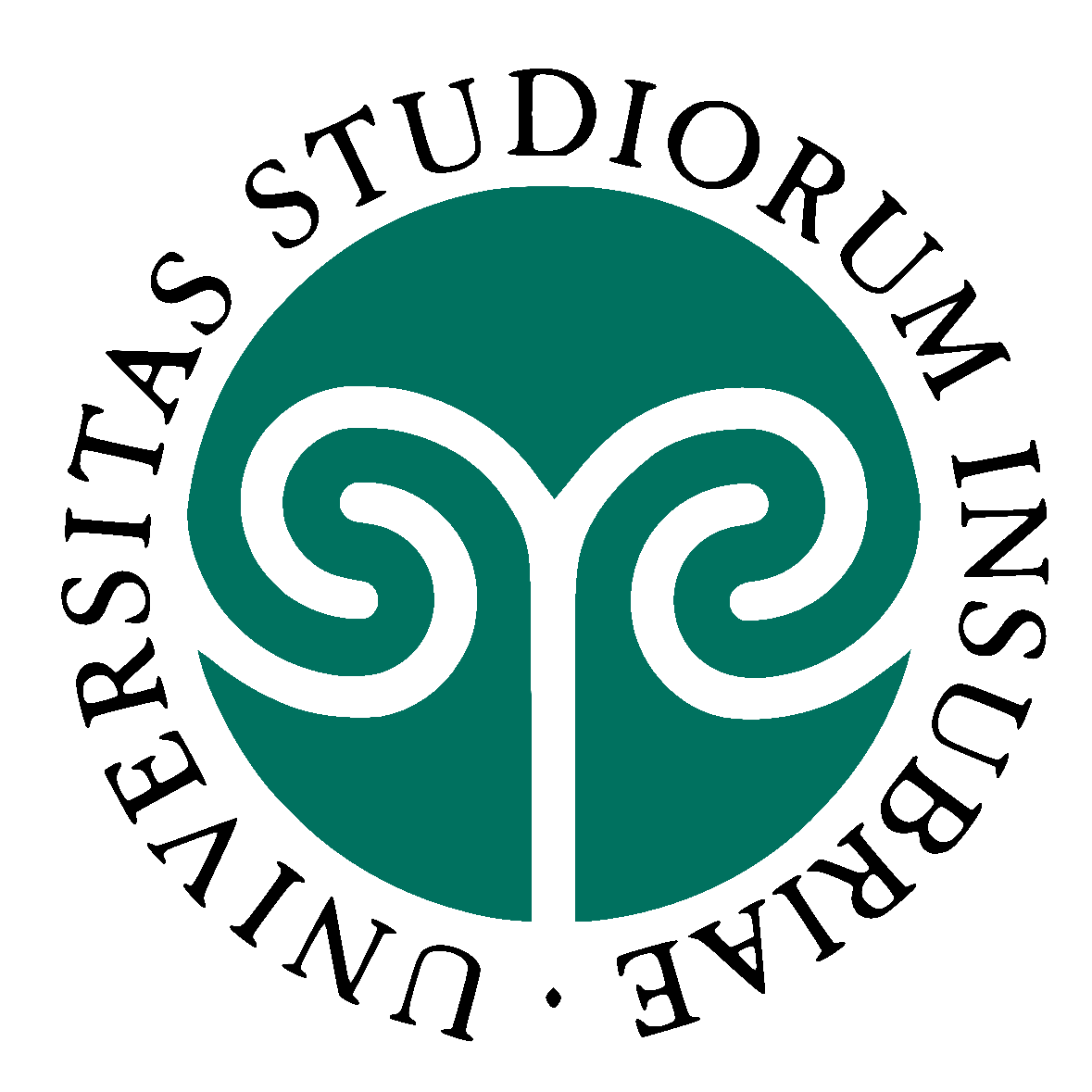
Following our interest toward alkene difunctionalization (10.1021/acs.orglett.0c00010), we have developed a copper-mediated decarboxylative arylation/hydroamination reaction of O-allyl carbamates providing a direct synthesis of N-substituted phenethylamine derivatives. In the presence of Cu(OTf)2 as additive, O-allyl carbamates behaved as C3-1,2-dication equivalents allowing the generation of 1-aryl-2-aminopropanes through a Friedel-Crafts arylation and an anti-Markovnikov hydroamination pathway.

Making a precise nonacidic C-H bond reacting allows to generate a site of functionalization otherwise unexploitable. Many substrates, including amino acids (10.1021%2Facs.orglett.0c02331), have been employed in TM-assisted C-H bond activation reactions (10.1073/pnas.1903048116), exploiting the use of Directing Groups to achieve chemoselectivity. We combined the DOS-compatible Castagnoli-Cushman Reaction with Pd-catalyzed C(sp3)-H bond activation reaction, and we developed a range of heterocyclic arylated peptidomimetics.
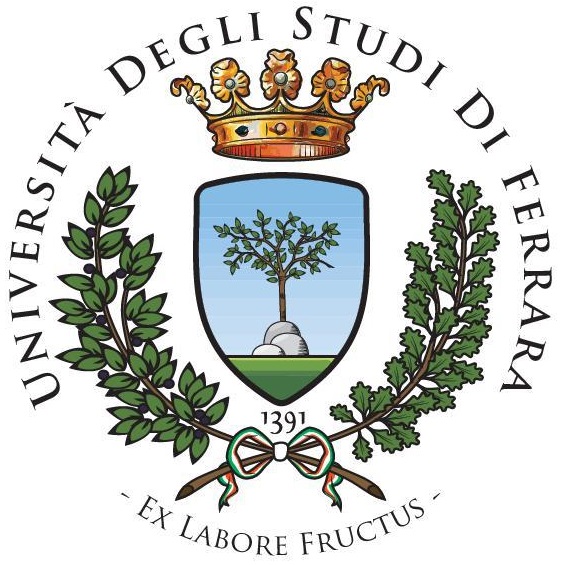
The 2,3-dimethylglyceric acid, constitutes the acyl and/or the alcoholic moiety of many bioactive natural esters. We will describe a chemoenzymatic methodology which gives access to all the four possible stereoisomers of the 2,3-dimethylglyceric acid ethyl ester using both NHC/TEMPO-organocatalysts (10.1016/j.tet.2011.08.056) and biocatalysts like Novozymes-435 and acetylacetoin reductase, AAR (10.1002/ejoc.202001542). The entire procedure, allowed to obtain the four enantiopure stereoisomers with overall yields ranging from 20% to 42%.
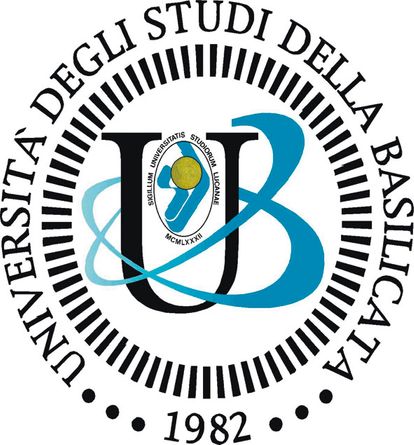
The formylation of unsubstituted phenyl boronic acid did not give any reaction while electron-rich aryl boronic acids lead to the regioselective formation of the corresponding ipso-substituted aryl aldehyde when the boron is placed in an activated position, while, when the boron is in a deactivated position, the formation of a formylated boronic acids has been observed, therefore the product obtained retains the boronic functionality. Electron-poor phenyl boronic acids results to be unreactive.

The new family of chiral Brønsted bases, named BIMPs (Bifunctional IMinoPhosphoranes) has shown great efficiency for the synthesis of chiral α-quaternary amino acid building blocks. Herein, we report the asymmetric addition of nitromethane to BOC-protected trifluoromethyl ketimines promoted by iminophosphorane organocatalysts. The products, featuring quaternary stereocenter, were isolated in good yields and high enantioselectivity (10.1021/acs.accounts.0c00369).

Besides the positive role in the human health, biofilm presence is often associated to the infections. To prevent biofilm formation and the selection of resistant strains, we prepared several functionalized nanoparticles starting from colloidal silica and natural compounds (salicylic and cinnamic acids) derivatives, characterized by a significant antibiofouling properties (10.1080/08927014.2017.1286649 and 10.1371/journal.pone.0131519), aiming to overcome the limits of the available coatings.
Second Session (30th November, 14:45-15.30 UTC+1)

In the present communication we report our recent achievements in the functionalization of the cyclic trimidazole scaffold (C9H6N6, TT, 10.1021/acs.jpclett.7b00503) with various chromophoric groups (10.1002/chem.202102839), to prepare new AIEgens and RTP emitters for both optoelectronic and biological applications.
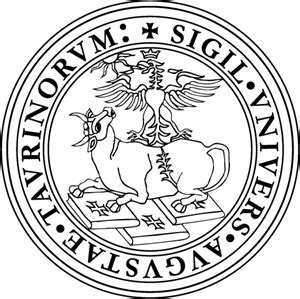
The recent assignment of the Nobel Prize for Chemistry to the development of asymmetric organocatalysis is food for thought about the relationship between organocatalysis and green chemistry. Indeed, organocatalysis has not yet reached the level of industrial application of organometallic catalysis and biocatalysis. Indeed, most of the chiral organocatalysts are not designed and synthesized in a sustainable fashion (10.1002/cssc.202100573). On this purpose, one of our recent achievements is the design of a novel recyclable punctually chiral phosphate from natural compounds from the chiral pool and its application in the solventless and room temperature addition of TMSCN to aldehydes (10.1002/ajoc.202100624).
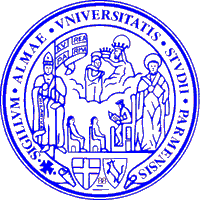
Herein, we report the development of an asymmetric [4+2] cycloaddition between remotely enolizable 6-methyluracil-5-carbaldehydes as vinylogous pronucleophiles and nitroolefins, under the strategic exploitation of a noncovalent bifunctional organocatalysis. A series of functional group-rich rich and chiral carbocycle-fused uracils embedding three contiguous stereocenters were achieved in one step in good yields, with good enantioselectivities and complete diastereocontrol (10.1002/adsc.202100082).

Proline-catalysed aldol reaction of aromatic aldehydes with ketones was successfully carried out in water without any cosolvent in presence of catalytic amounts of bile acid salt surfactants and L-Proline bile acid conjugated derivatives. Product yields showed to be generally high. The reaction promoting effect in water exerted by bile acid salts was due to their ability to effectively disperse non polar substrates, thus affording the typical “in presence of water” (10.1002/anie.200603378) reaction conditions.
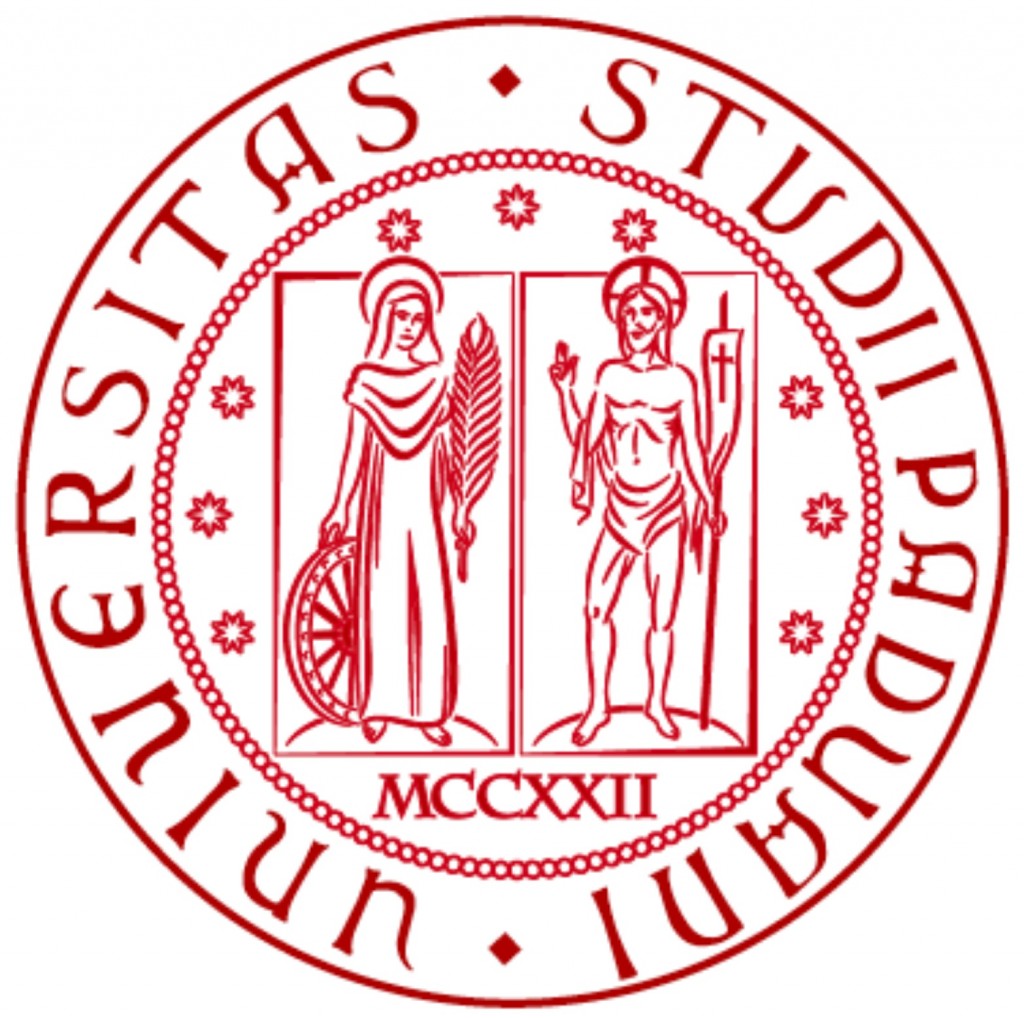
Utilisation of carbon dioxide (CO2) for carboxylation of organic compounds is a challenging process of great importance since CO2 is a sustainable and non-toxic C1 source (10.1002/cssc.201801063). Herein, we report the photoredox carboxylation of 4-benzylic-1,4-dihydropyridines for the synthesis of phenylacetic acids. Mechanistic investigations showed the importance of activating the substrate by deprotonation with a base, and the involvement of benzyl radicals and carbanions in the interception of CO2.

Gold catalyzed hydroarylation of alkynes has emerged in organic synthesis as a powerful tool to construct complex molecules of practical interest and use. Indeed, alkynes are well known to be activated by gold towards the (intra/intermolecular) external nucleophilic attack. Generally gold(I) and gold(III) species are chosen for the scope, and in this case electron-rich phenols and electron-poor alkynes bearing a carboxylic/ester group are chosen for the synthesis of different coumarin derivatives under mild conditions and in ionic liquids (10.1038/nature05592, 10.1002/ejoc.200801054).

In 1986, Cenini and co-workers reported the first reductive cyclization reaction of o-nitrostyrenes to indoles using carbon monoxide as the reductant, employing different transition metals as catalysts under forcing conditions (10.1039/C39860000784). In spite of the high efficiency and the high atom-economical character of these reactions, they have not become of widespread use. This might be also due to the need to use pressurized CO. Our group presented alkyl and aryl formates as efficient, powerful, low-toxic and cheap in situ CO-releasers for the reductive cyclization of ortho-nitrostyrenes to indoles using Pd-based catalytic systems (10.1002/ejoc.202100789). Here we report the results of a further optimization that allowed us to improve both selectivity and yield.